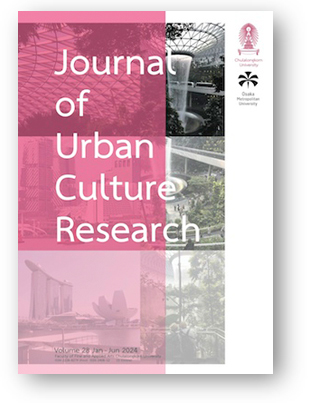Collective Memory, Urban Regeneration and Conservation of Historical Sites – ChaharBagh Street, Isfahan City, Iran
DOI:
https://doi.org/10.14456/jucr.2024.6Keywords:
Collective Memory; ChaharBagh Boulevard; Urban Open Space; Isfahan; Urban Regeneration; IranAbstract
This study aims to present a regeneration process for historical spaces based on the notion of collective memory. We argue for the necessity of simultaneously studying conservation and rehabilitation policies for restoring and continuing the collective memory of historical spaces. This approach can effectively preserve and shape the collective memory of historical spaces by focusing on preservation and valuing the landscape as a major key between place and humans. The historical ChaharBagh Avenue from the Safavid era in Isfahan serves as a case study. Over time, the social and cultural significance and value of ChaharBagh Avenue as a historical public space and collective memory is diminishing due to inconsistent renewal policies. The study employs a qualitative approach, including field studies and interviews with 32 citizens of Isfahan, to suggest a model for sustainable regeneration and conservation of historical urban sites based on collective memory.
Downloads
Published
Versions
- 2024-07-07 (2)
- 2024-06-24 (1)
How to Cite
Issue
Section
License

This work is licensed under a Creative Commons Attribution-NonCommercial-NoDerivatives 4.0 International License.
Authors authorize the JUCR to publish their materials both in print and online while retaining their full individual copyright. The copyright of JUCR volumes is retained by Chulalongkorn University.
The views and opinions expressed herein are those of the individual author(s) and do not necessarily reflect the policies or opinions of the Journal (JUCR), it editors and staff, Chulalongkorn University, or Osaka Metropolitan University.







